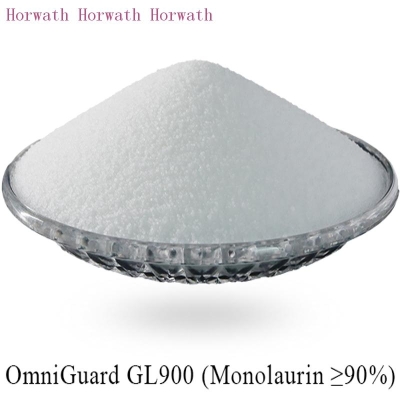Exchange rate and agricultural products market
-
Last Update: 2002-02-06
-
Source: Internet
-
Author: User
Search more information of high quality chemicals, good prices and reliable suppliers, visit
www.echemi.com
Introduction: in addition to studying soybeans, I occasionally look at French rapeseed futures, so I have an interesting discovery Other commodity futures are generally affected by supply and demand, weather and so on, but the main factor affecting French rapeseed price is the exchange rate between us dollar and euro As the dollar strengthened, so did French canola, and vice versa The reason is that when the U.S dollar strengthens against the euro, French businessmen can raise the price of rapeseed while maintaining the competitiveness of American soybeans quoted against the U.S dollar In fact, the fluctuation of exchange rate is closely related to commodity spot market and futures market In recent years, due to the strong performance of the U.S dollar against other major currencies in the world monetary market, and due to the adoption of the fixed exchange rate system with the U.S dollar, the RMB has also strengthened accordingly This is reflected in the export market of agricultural products, which may mean that when we export corn, which is a major agricultural product, our competitiveness may be inferior to that of countries with weak currencies A real example is South America In the past year or more, the Brazilian currency real has depreciated to about 30%, which has led to the active cultivation of export-oriented agricultural products, such as soybeans, for the sale of soybeans can earn more foreign exchange Just in the past 2001, although the soybean price in the international market has been falling, and at the beginning of this year, it has set a 30-year low, but Brazilian farmers are still keen to expand the planting area, which is because the exchange rate leads to the increase of real earned by selling soybean when the soybean price in the international market is falling It seems that the devaluation of exchange rate has played a role in agricultural price subsidies for farmers By contrast, American soybean farmers are the luckiest in the world The government provides agricultural loans of $5.26 per bushel If the market price is less than the loan rate, some governments can also subsidize the insufficient part Government grants to soybean farmers alone amount to more than $1 billion a year However, in the international market, the price of American soybeans is less than that of Brazilian soybeans Once the South American soybeans are listed in March and April every year, American soybeans are basically on the sidelines According to a December USDA report, the share of South American soybeans in the world market has been increasing year by year, which has greatly surpassed the United States as the dominant market The large amount of subsidies provided by the U.S government not only led to Brazil's protest, but also led to the distortion of world soybean prices To appeal to the WTO, other domestic crop growers seem to complain that the government has too much preference for soybeans, resulting in excessive soybean production and low prices With the devaluation of Argentina's currency in 2002, American agricultural groups became more restless Indeed, as a major grain producer and exporter in the world, Argentina directly competes with the United States in corn, wheat and soybeans It can be asserted that when Argentina's political situation stabilizes, it will inevitably use the sharp tool of currency devaluation to speed up the export of domestic grain in order to exchange for the US dollar Two weeks ago, the largest agricultural group in the United States expressed concern about the Bush administration's strong dollar policy, which led to high prices of wheat, corn, soybeans and cotton in the overseas market, weakened its export competitiveness and damaged the demand for American agricultural products in the world market The National Association of manufacturers estimates that the dollar is now 30 percentage points overvalued against other currencies if measured by trade weighting It can be seen from the above that the world's major agricultural exporting countries are using or considering the use of currency depreciation to stimulate their agricultural exports, rather than just focusing on agricultural subsidies Brazil's soybeans defeated the American soybeans with huge agricultural subsidies through the devaluation of real, which has become a subject for agricultural policy makers to consider Dnz (author:) to feed Weibo to:
This article is an English version of an article which is originally in the Chinese language on echemi.com and is provided for information purposes only.
This website makes no representation or warranty of any kind, either expressed or implied, as to the accuracy, completeness ownership or reliability of
the article or any translations thereof. If you have any concerns or complaints relating to the article, please send an email, providing a detailed
description of the concern or complaint, to
service@echemi.com. A staff member will contact you within 5 working days. Once verified, infringing content
will be removed immediately.







